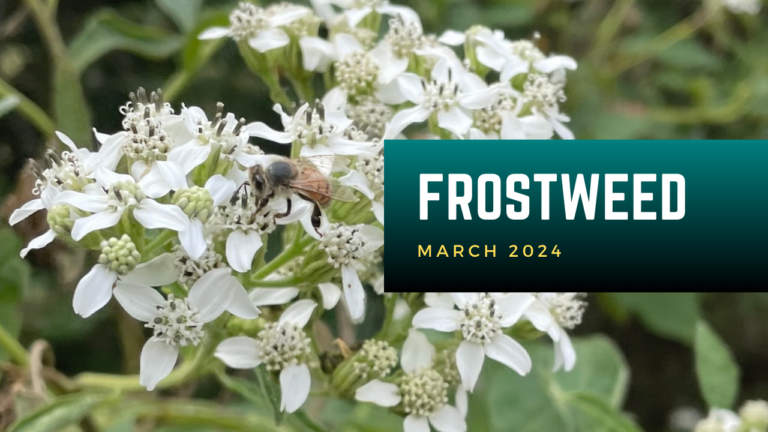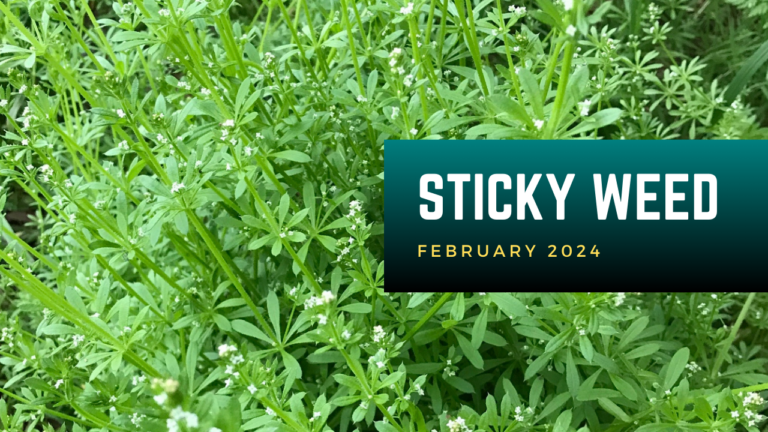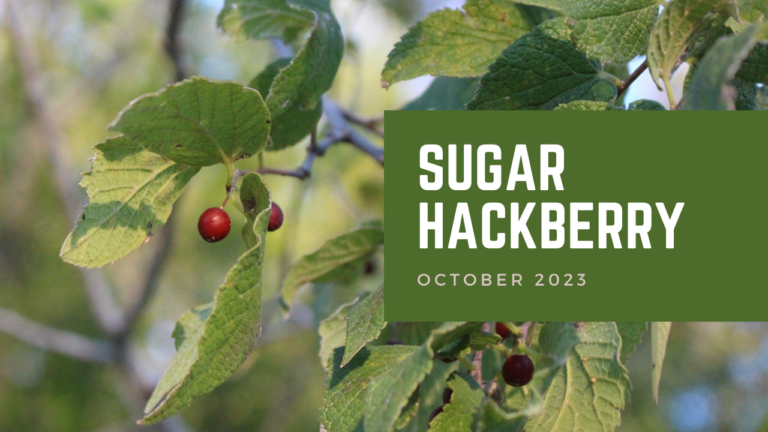Presented by Helen Lane
November 9, 2020
Botanical name: Chamaecrista fasciculata
Common names: Partridge Pea, Sleepingplant, Sensitive Plant
Family: Ebenaceae (Ebony)
[MUSIC—EASY AND FUN]
[HELEN] My name is Helen Lane and the Plant of the Month is Chamaecrista fasciculata, a native legume.
It grows dry and sandy soil and especially in disturbed areas. This photo was taken along 146 in Kemah where there is construction. The soil that was on the side of the road is very sandy. The recent rains helped green the area.
The Partridge Pea is found in most of the eastern parts of the United States, and generally grows in full sunlight to one- and one-half feet tall. Although likes dry soil, rains are important too. The plant has bright yellow flowers until the first frost.
This slide lists the many names for this flower. It is considered an herb, as it produces seeds like our traditional snap pea plant.
The plant is primarily pollinated by various species of bees, including honeybees. I found the plants become slightly bushy, too. My photo shows the size of the flowers compared to the orange. They are very bright, but small.
As you can see from this slide, the seed pod is small compared to the orange. There are generally about three or four seeds per pod and dry out and break open. These seeds are consumed by birds. If collecting seeds, cold stratification assists in the germination process.
The leaves consist of 10 to 15 pairs of small narrow leaflets, alternating. They’re delicate to the touch, and I think quite pretty.
I took this photo along Sims Bayou. For flood control, the sides were terraced, and grasses, sedges, trees, and Partridge Pea were planted to hold the soil. As you can see, they grow profusely. They are planted for prevention of erosion as well as for the birds, such as ground birds.
This is a lovely flower that we can enjoy all summer long. That’s it!
[MUSIC—AND THAT’S IT]
Related Posts

Plant of the Month: Frostweed
Our plant of the month for March 2024 is a little bit icy.
Botanical name: Verbesina virginica
Common name(s): Frostweed, White Crownbeard, Iceplant, Iceweed, Virginia Crownbeard, others

Plant of the Month: Sticky Weed
Is our plant of the month for February 2024 a wildflower or a weed? We’ll let you decide.
Botanical name: Galium aparine
Common name(s): Sticky Weed, Sticky Willy, Sticky Grass, Goosegrass, Catchweed Bedstraw, Cleavers, others

Plant of the Month: Sugar Hackberry
Our plant of the month for October 2023 is a “favorite” among robins, mockingbirds, and other songbirds.
Botanical name: Celtis laevigata
Common name(s): Sugar Hackberry, Texas Sugarberry, Sugarberry, Palo Blanco


